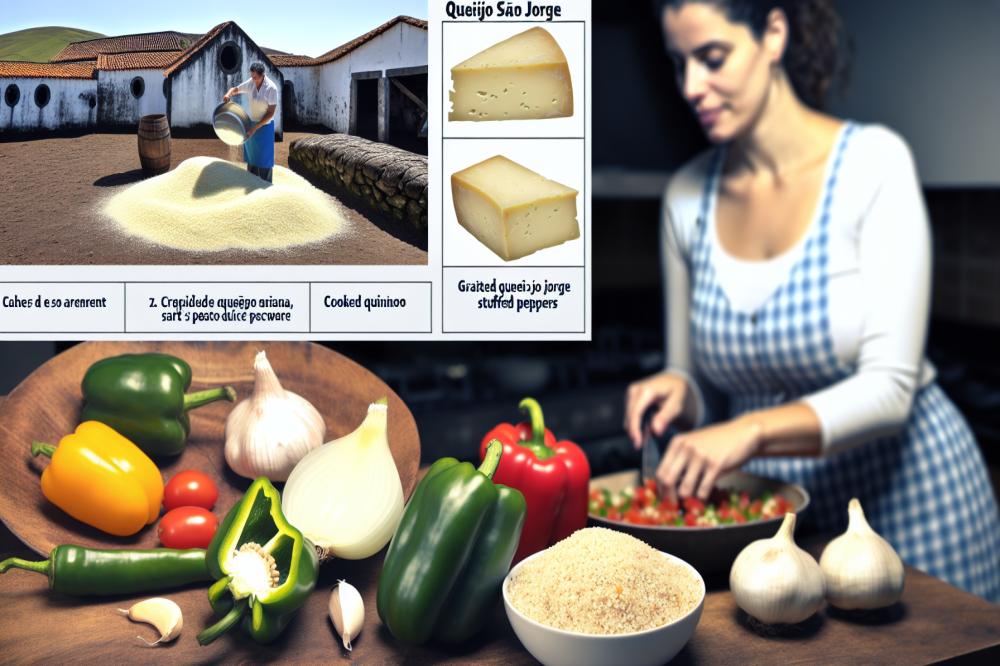Overview of Queijo São Jorge
Queijo São Jorge is a notable cheese hailing from the Azores, an archipelago located in the North Atlantic Ocean. This product has gained recognition for its distinctive flavor and quality. It is crafted using traditional techniques passed down through generations. The cheese is made primarily from cow’s milk. The process requires meticulous attention to ensure a rich, robust taste.
History and Cultural Significance of Queijo São Jorge
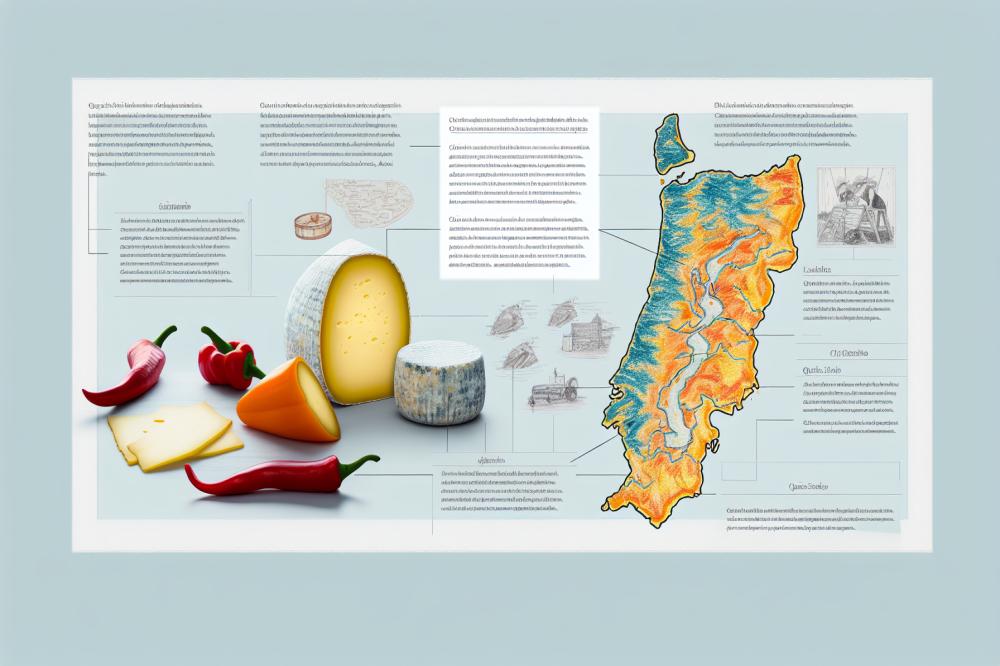
The history of Queijo São Jorge is deeply intertwined with the culture of the Azores. It dates back to the 16th century, when settlers began farming the islands. Dairy farming quickly became a vital part of their livelihood. As time progressed, making this cheese emerged as a cherished craft. Local farmers took pride in their methods, using age-old recipes that reflect the spirit of the islands.
This cheese holds a special place in Azorean traditions. It often makes an appearance during community gatherings and festive occasions. People celebrate its flavors and textures, which embody the essence of life in the Azores. The cheese also plays a role in folklore, where it features in stories and customs that highlight its importance.
Role in Azorean Cuisine and Traditions
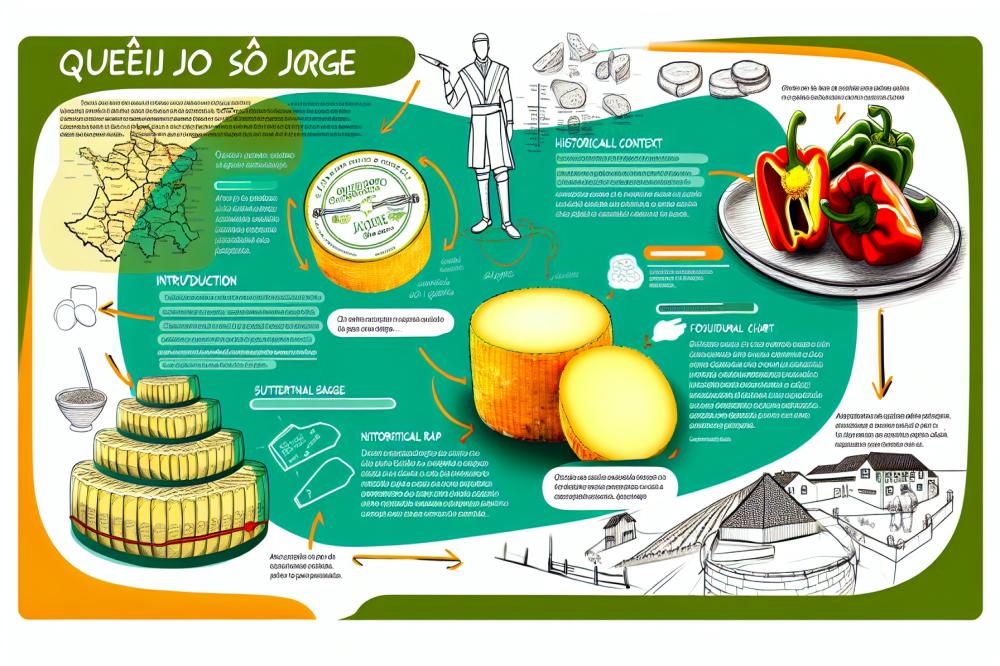
In Azorean cuisine, this cheese is more than just an ingredient. It serves as a centerpiece in many dishes. Often, it is incorporated into meals as a flavorful addition or enjoyed on its own with bread. The rich, creamy texture complements various foods, creating delightful pairings. Locals and visitors alike appreciate its versatility in culinary applications.
Traditions surrounding Queijo São Jorge further illustrate its value. Annual festivals celebrate this iconic cheese, bringing communities together. During these events, people participate in tastings and cooking demonstrations. Such gatherings foster a sense of unity and pride among residents. The cheese thus becomes a symbol of both cultural identity and gastronomic heritage.
Queijo São Jorge
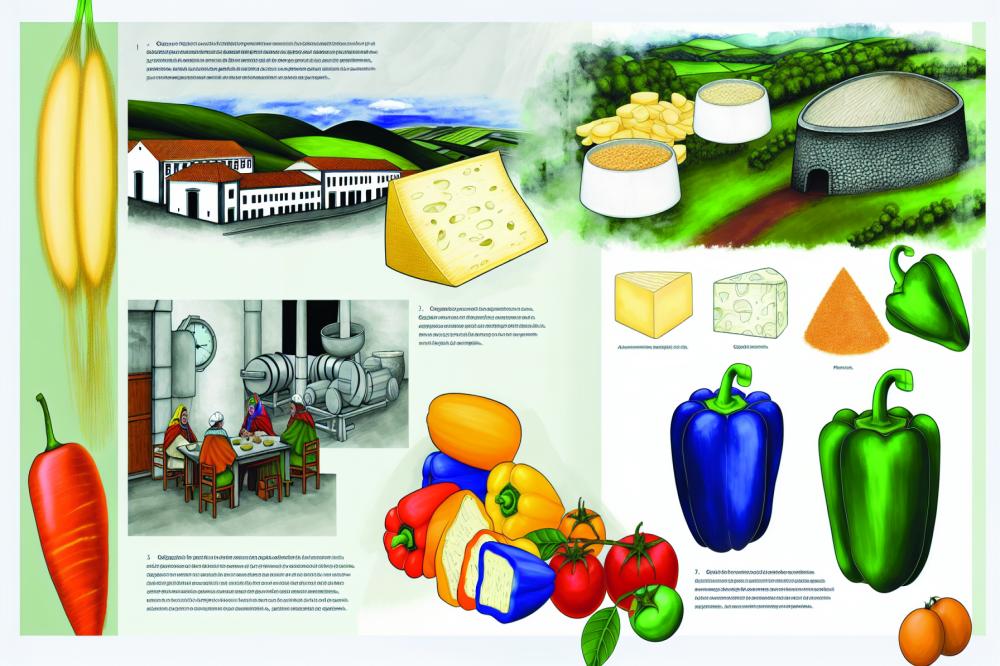
Queijo São Jorge is a traditional cheese from the Azores, known for its rich history and strong character. This cheese features a hard and yellow rind. Inside, the paste is firm and ranges from a pale yellow to a golden hue. Made from cow’s milk, it has a somewhat oily texture that makes it melt in the mouth. Typically, the cheese comes in wheels that can weigh between 1 and 3 kilograms. The shape is typically round, which reflects common cheese production techniques in the region.
Production methods and aging process
Crafting Queijo São Jorge involves both art and science. The process starts with fresh milk collected from local dairy farms. After pasteurization, the milk is combined with rennet and starter cultures. The resulting curd is then cut, stirred, and heated before being placed in molds. Once shaped, the cheese is pressed to remove excess whey.
Aging is a critical factor. It varies between three months to over a year. During this time, it is regularly turned and brushed. Environmental conditions, such as temperature and humidity, play a significant role in developing its character. The use of specific molds and bacteria native to the region contributes to its prestigious designation as a Protected Designation of Origin (PDO) product.
Distinctive flavor profile and texture
Upon tasting, one finds that Queijo São Jorge offers a robust flavor with a hint of spice. Notes of nuttiness combine with a creamy richness that balances well with its firm texture. The cheese also develops a slight tang, particularly in older varieties. Many cheese lovers appreciate its slightly sharp finish, which lingers on the palate. Pairing it with a glass of wine or enjoying it with bread can enhance the experience.
Whether served on a cheese board or melted into dishes, it captivates attention. The experience is further elevated when accompanied by local jams or honey, which can soften some of its bolder attributes. Each bite reflects the care and tradition ingrained in Azorean culture.
Azorean cheese
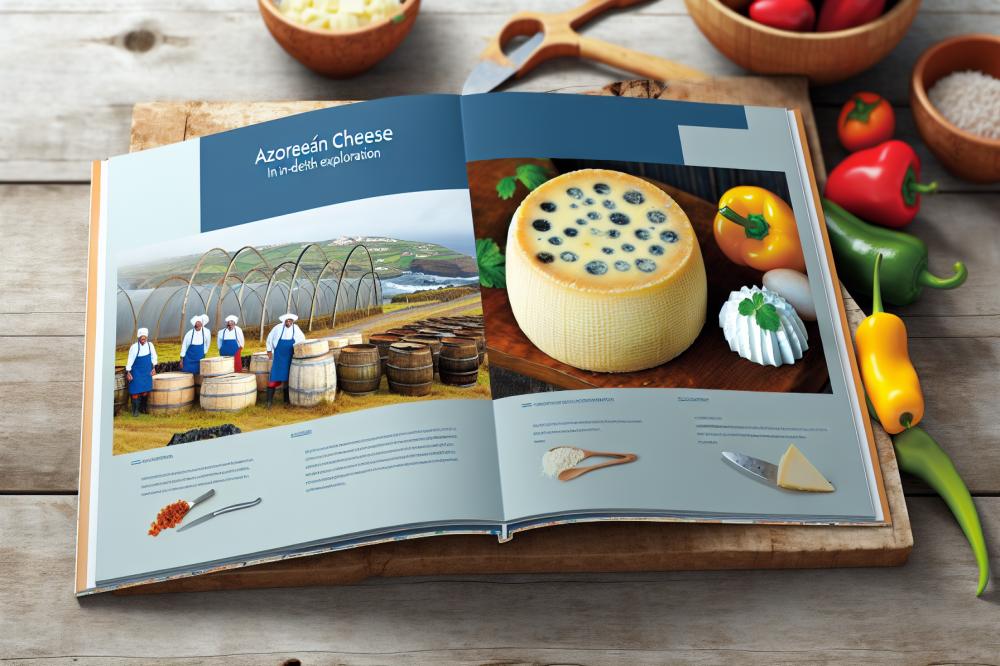
The Azores, an archipelago in the Atlantic, boast a variety of cheeses that highlight their rich dairy farming heritage. Many people love the distinct flavors found in these products. Fresh and locally sourced milk is the foundation of this exceptional cheese-making tradition. Each island in the Azores has its own specialty, contributing to a diverse cheese culture.
Variety of Cheeses from the Azores
Dairy artisans on the islands create several notable cheeses. Among them, Queijo da Ilha, for instance, showcases a stronger flavor profile. Its texture is semi-hard, making it uniquely robust. Another option is Requeijão, a soft cheese eaten fresh. This cheese is smooth and often enjoyed with bread. Each creates a different tasting experience, reflecting the islands’ bounty.
Comparison between Queijo São Jorge and Other Azorean cheeses
A prominent feature of Queijo São Jorge is its intense flavor and firm texture. This cheese stands out due to its aging process, which deepens its taste. In contrast, other local cheeses like Queijo da Ilha maintain milder flavors. They can be more versatile for everyday dishes. Comparing the aroma of Queijo São Jorge to Requeijão shows distinct differences. This aged cheese has a nutty scent, while Requeijão is fresh and light.
Regional Importance and Use in Local Dishes
Culinary traditions in the Azores often incorporate local cheeses. Queijo São Jorge is frequently served as a centerpiece in cheese platters during festivals. Often paired with local wines, it offers a taste of the region’s history. Soups, stews, and pastries also benefit from the addition of these cheeses. Furthermore, many families have recipes passed down through generations that highlight the importance of these flavors. Local cheese contributes to a strong sense of identity in the Azorean culture.
Recipe: Queijo São Jorge Stuffed Peppers
Ingredients
- 4 large bell peppers
- 200g Queijo São Jorge, grated
- 1 cup cooked quinoa
- 1 cup diced tomatoes
- 1 tsp olive oil
- 1 tsp garlic powder
- Salt and pepper to taste
Recipe Instructions
- Preheat the oven to 180°C (350°F).
- Cut the tops off the bell peppers and remove the seeds.
- In a bowl, mix the grated cheese, quinoa, diced tomatoes, olive oil, garlic powder, salt, and pepper.
- Stuff the mixture into the hollowed bell peppers.
- Place the peppers in a baking dish and cover them with foil.
- Bake for 30 minutes, then remove the foil and bake for an additional 10 minutes.
- Serve warm and enjoy.
Nutritional Information
Each serving provides calories, protein, fats, and carbohydrates, all essential for a balanced diet. This dish combines nutritious ingredients that support overall health.
Health Benefits
This cheese offers a strong flavor and a good source of calcium. Quinoa provides protein and fiber, making the dish hearty. Bell peppers are rich in vitamins A and C, contributing to a healthy immune system. Tomatoes add antioxidants, which can help protect the body. When combined, these ingredients create a nourishing meal steeped in tradition.
Final Thoughts on Azorean Cheese Heritage
Queijo São Jorge holds a special place in the hearts of many. This PDO cheese, rich with history and tradition, reflects the island’s unique culture and landscape. It is not merely a product of cheese making; it represents the dedication of generations of artisans who have perfected their craft over time. Each bite carries the flavors of the Azores, reminding consumers of the lush pastures and skilled hands that create it.
Exploring Azorean cheese is an enriching experience. Locals and visitors alike can enjoy this delicious delight in various dishes or simply savor it on its own. The vibrant flavors and textures of these cheeses invite everyone to try new combinations and share in the joy of culinary exploration. Whether on a charcuterie board or melted into a comforting dish, the importance of this cheese is palpable.
Understanding the traditions behind these flavors deepens appreciation for food culture. The Azores boast a rich culinary heritage full of stories and practices passed down through the years. Engaging with local producers and tasting their products can foster a deeper connection to this heritage. Therefore, consider embarking on this flavorful journey through the islands.
In summary, Queijo São Jorge is a testament to the rich traditions of the Azores. It beckons food lovers to explore and experience its remarkable flavors. Savoring this cheese is not just about taste; it is about engaging with a history that continues to thrive today.

